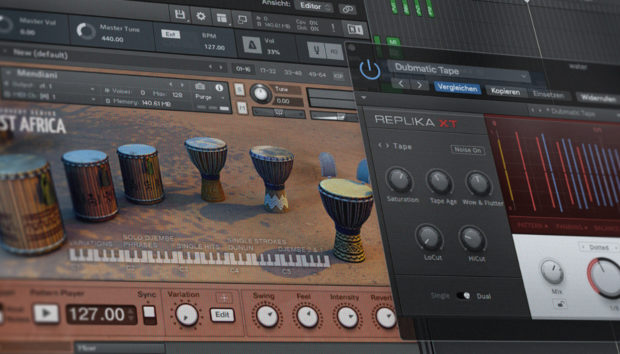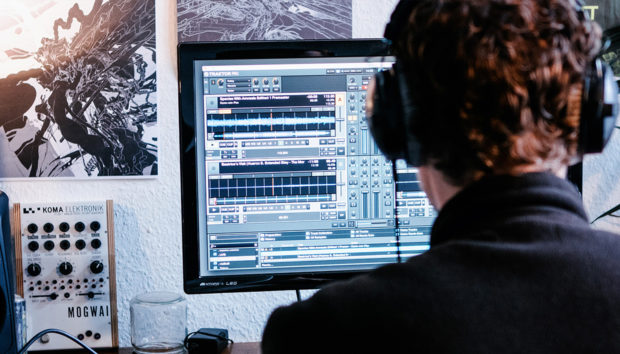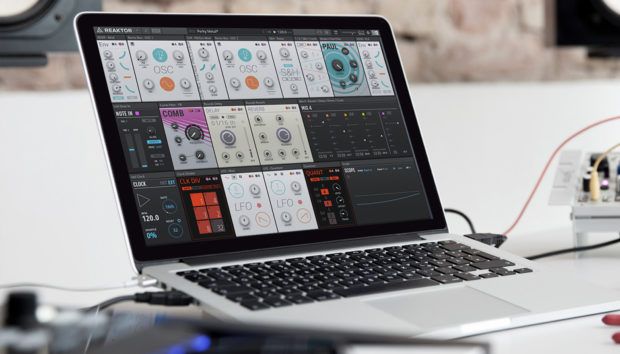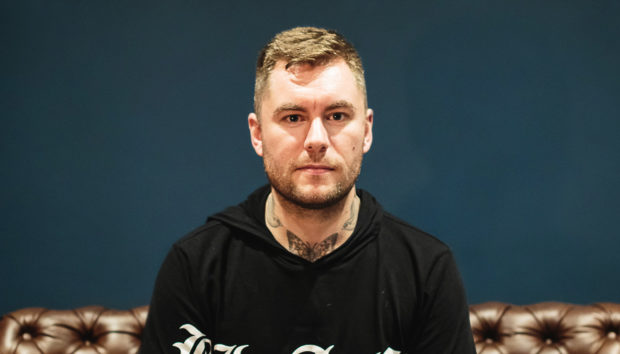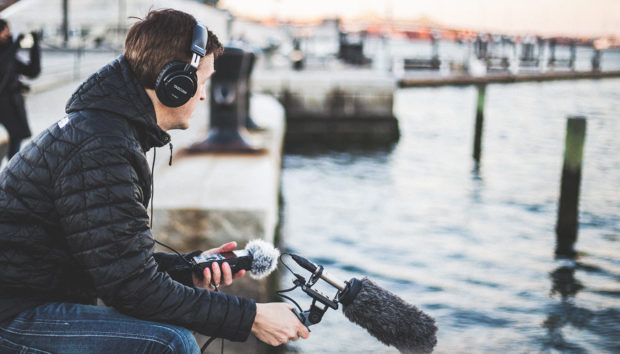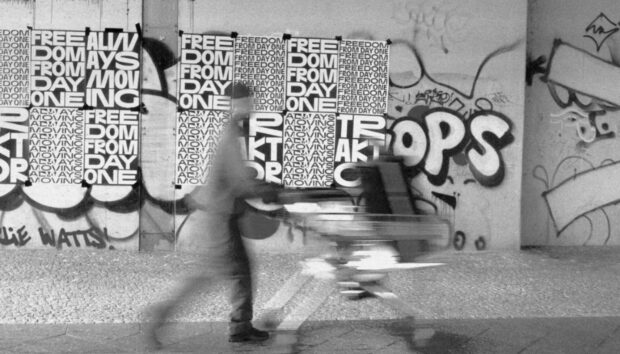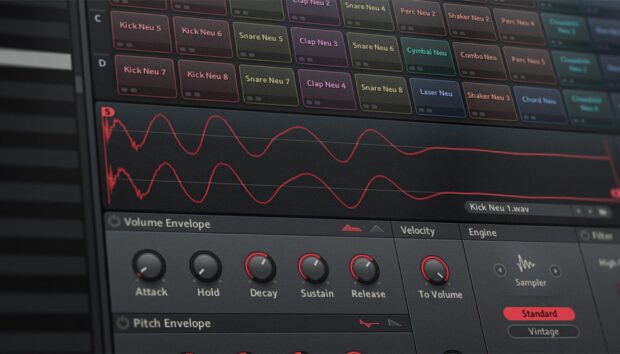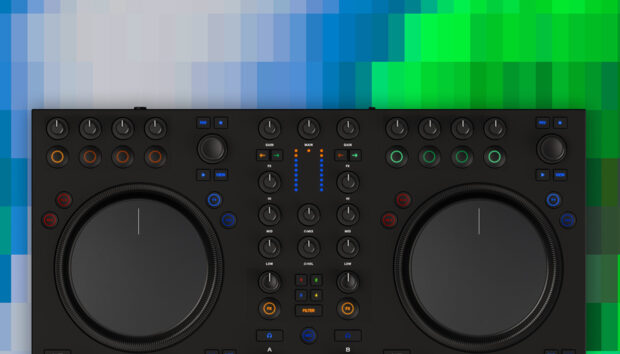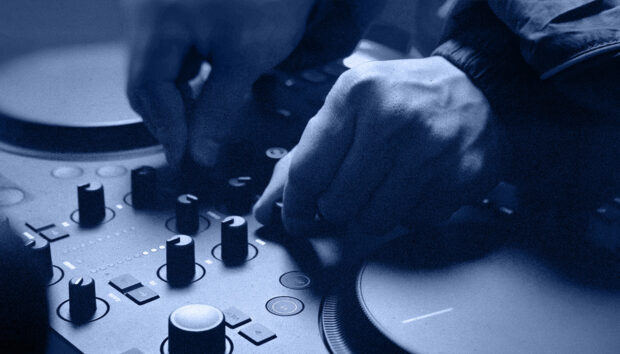UK-born producer and songwriter Bearcubs has never stuck to one lane. Over the years, his sound has shifted between house, indie electronica, garage, and leftfield pop – always anchored by a consistent sense of tone and restraint. His latest release, “Take Me Home,” sits in that in-between zone he’s known for: part club track, part nostalgic slow burn.
At the center of his drum programming is Battery, a tool that has helped him speed up his process while remaining open to unexpected textures and subtle movement. Whether he’s layering kit elements, adding organic variation, or re-recording drums through guitar pedals, he’s always looking for ways to keep his productions human and moving.
In this interview, Bearcubs walks through his Battery workflow, shares how he uses emotional reference points in his rhythm choices, and offers some sharp tips for producers trying to avoid static, overworked beats.
Jump to these sections:
- How Battery speeds up his early workflow
- Why he programs drums on a MIDI keyboard
- The role of saturation, lo-fi FX, and external pedals
- Emotional references behind “Take Me Home”
- Tips for movement, groove, and layering
It’s all about staying fluid without getting too polished. Learn how he does it and get inspired by Bearcub’s free Battery Kit.
What’s your usual starting point when you load up Battery for a new track like “Take Me Home”?
When I’m creating a new idea, for me it’s often about trying out as many possibilities as quickly as possible. Using Battery, I can easily audition a bunch of drum kits without having to hunt down individual hits or build a kit from scratch. That speed helps me avoid overthinking and makes space for happy accidents.
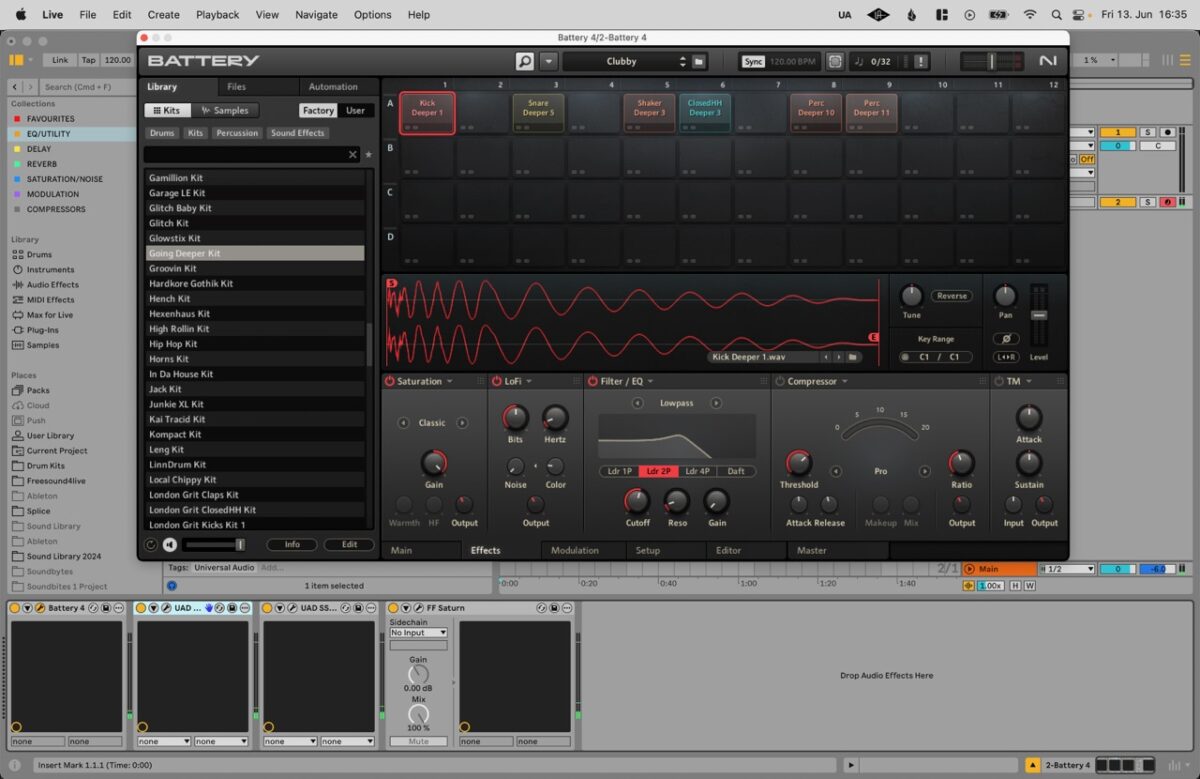
My usual process is to find a kit that’s close to the genre I’m working in and start playing ideas on a MIDI keyboard. I started out as a drummer, so I like to incorporate some natural variation from the start, including velocity and timing. I’ll usually be playing along to some chords or a sample, just feeling it out.
Once I have a rough loop, I’ll review different kits or swap out samples depending on what’s working. Battery kits often cover multiple octaves, so I end up discovering weird little blips, effects, or one-off percussion sounds that I wouldn’t have chosen intentionally.
From there, it’s just refining the pattern, quantizing around 70% to keep it loose, and layering up with compression, EQ, and some saturation.
Pro tip from Bearcubs: Try to use minimal quantizing on percussion or hi-hat patterns to create a groovier feel. If you have programmed in your drums by hand just move each hit slightly off grid and make the velocities subtly randomised. Otherwise just select between 50-80% quantize strength instead of 100%.
Kick and snare often benefit from tighter quantization to create a solid rhythmic foundation for the track but other elements can stretch around a bit, this goes for melodic instruments too.
How much do you rely on the built-in saturation and EQ tools inside Battery versus external plugins?
I use the built-in effects mostly for character. If I need a dirty, distorted kick, I’ll slam it through Battery’s saturation, maybe add some bitcrushing, then tame the top end with the low-pass filter. The sample engine set to s1200 mode is a nice CPU-friendly way to get lo-fi texture too.
For more extreme effects, I’ll often turn to the stretch sampler – Battery’s version has a unique character that differs from Ableton’s warping. Once the individual hits are feeling right, I’ll usually move outside of Battery and group everything to a drum bus.
From there, it’s EQ, bus compression (SSL or API style), tube or tape saturation, and sometimes soft clipping or an inflator if the track needs to hit harder without sharp transients.
Pro tip from Bearcubs: Run your drum bus through a guitar effects pedal or amplifier and re-record into your DAW. You can also just play the drum loop through the speakers and record with a mic on the opposite side of the room. Take this recording and either heavily distort or compress it.
You can achieve really interesting sounds this way that take you out of the box, a use case might be when you want to have the drums in a breakdown section before a chorus but make them feel more distant so there’s a big contrast when the chorus drop finally comes.
“Take Me Home” feels designed for a specific emotional moment; how do you translate that feeling into your drum programming?
For “Take Me Home,” I wanted something with indie elements but a house beat underneath. I like that contrast; four-on-the-floor kicks, claps, off-beat hats, and then layering a swung garage-style top loop on top. It creates movement that’s both tight and free.

I’m always looking for small percussive details to keep things flowing, so the beat never feels locked or stiff.
I also ran the original drums through a guitar pedal to get a lo-fi flanging sound, then recorded it back in one take so the rhythm evolves naturally across the track. Emotionally, I was pulling from late 2000s references, trying to hit that sense of rawness and freedom that matches the lyrics.
Pro tip from Bearcubs: Add a flanger to a fast hat pattern, as well as a slow LFO linked to the decay and pitch of the sample. This introduces a subtle movement that widens the stereo image of the hat pattern, preventing the hats from feeling static by creating an organic feel.
Has using Battery shaped how you hear percussion in other people’s music?
I think it’s made me more conscious of why producers choose specific drum sounds for each track.
Some tracks don’t need a heavy kick at all; maybe the energy comes from vocals or midrange synths. In other tracks, the bass is higher up, so a sub-heavy kick fills that low end. It’s made me think more about what serves the song, and Battery gives you a wide range of light-to-heavy sounds to test that out quickly.
What keeps you grounded creatively during long nights in the studio?
Taking breaks. I drink a lot of green tea – it keeps my energy steady without any crash. And honestly, some of my best ideas come when I’m not at the desk – walking, doing dishes, whatever. I also make time to listen to other genres and get out of my own loop, literally.
Working with other people helps too.
You get new perspectives, you break habits, and the collaboration creates something that wouldn’t exist otherwise. That push and pull between two people’s styles is where some of the best ideas come from.
Is there a lesson you’ve learned through using Battery that applies to your broader process as an artist?
For me, the creative process is always a reaction to what I’ve done before. If I make a track that’s minimal and raw, I’ll want the next one to be more technical and detailed. The key is knowing when to use certain techniques and when to hold back.
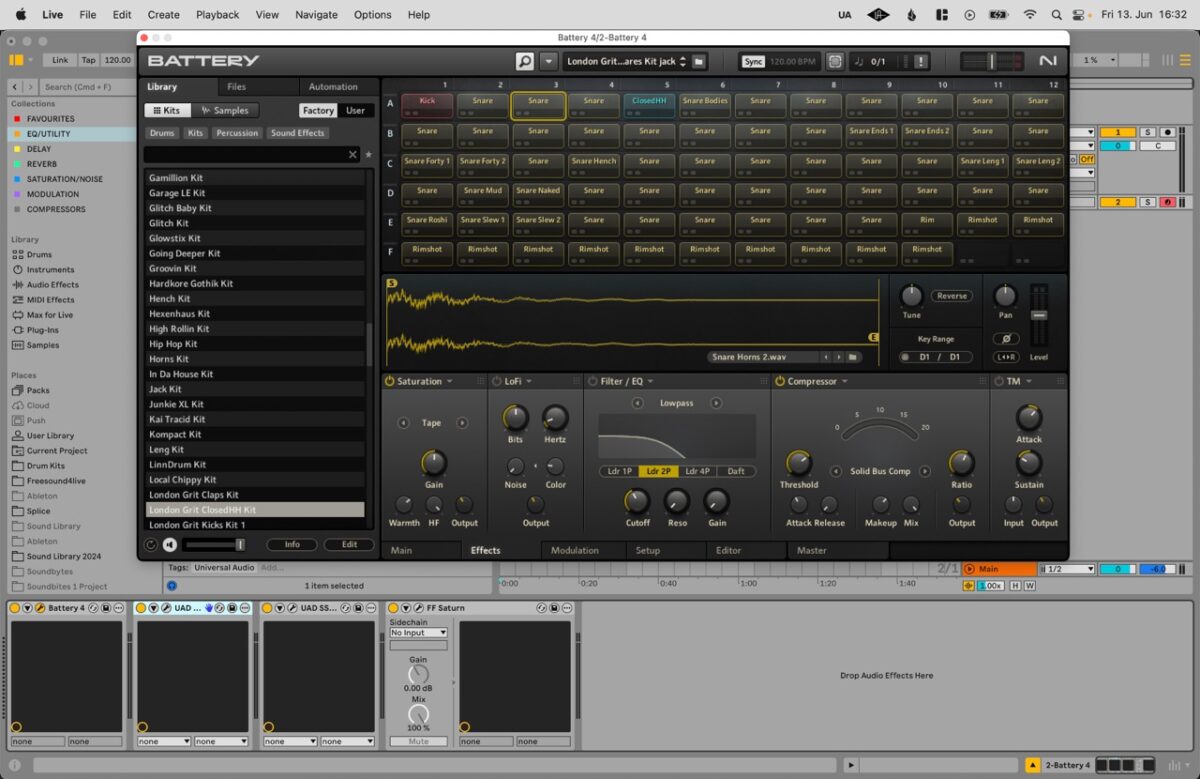
That idea of restraint applies across everything.
Don’t overprocess a sound if it’s already working. Don’t throw in more layers if the ones you have say enough. Battery helps with that because the core sounds already carry weight – you don’t have to dress them up too much. And when the elements are simple and strong, the song feels more honest.
Pro tip from Bearcubs: Layering drum sounds to create depth. Use a combination of a beat programmed using samples/MIDI then once you have that as a foundation layer add another drum break loop on top.
Try a few different drum breaks until you feel the drums come together as one thing. Often using loops can help unlock ideas that you might not have thought of otherwise and you can always go and chop them up to your taste afterwards.
Start using Battery to build your sound
Thanks to Bearcubs for breaking down how Battery fits into his process.
What stands out is how he moves fast early, but stays intentional about what he keeps. His workflow is about chasing feel, not perfection; getting the rhythm down quickly, letting texture build naturally, and knowing when to leave things raw.
Battery gives him that flexibility without pulling him out of the creative zone.
It’s fast enough to stay fluid, but deep enough to dial in character. For producers trying to keep things emotional and groove-forward without overworking the drums, this kind of approach makes a lot of sense.
